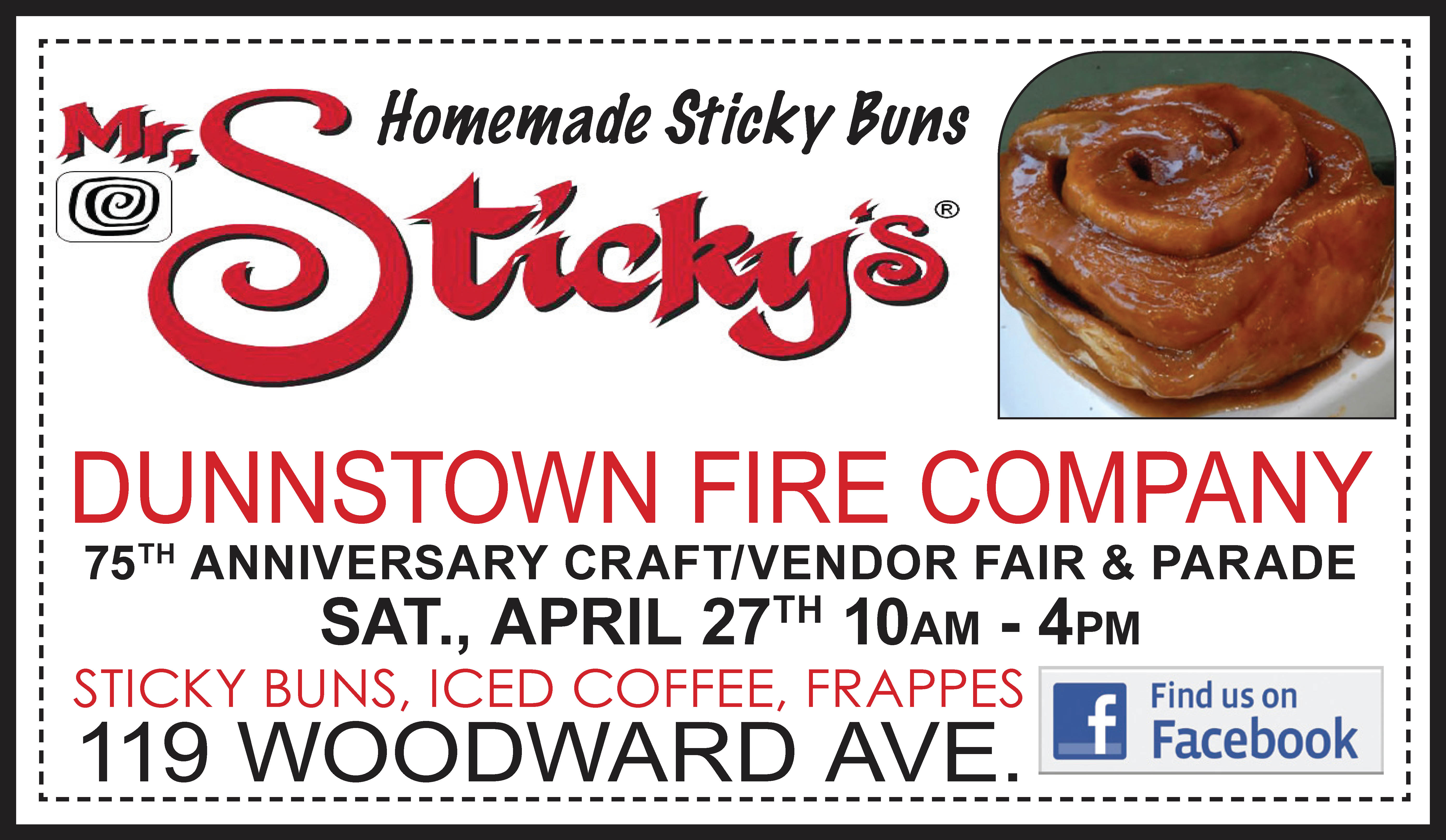This article is the first in a series of “Style Files,” where I’ll break down common modes in fashion and dressing, from their origin to their evolution, and how they are seen and worn today. First up, preppy!
The term “preppy” derives from private, university-preparatory schools, primarily in the northeastern part of the United States. This term is also commonly associated with the Ivy League and the WASP demographic. For men, preppy fashion has its roots in the style of Ivy League school dress that had been established by the 1950s. Hence, the preppy style originated with variations on the private school uniform, which consisted of a button-down shirt, tie, trousers, V-neck sweater (or sweater vest), polished, laced-up shoes, and of course, a blazer with the school emblem. The casual version can be seen in the sports apparel associated with private schools, like rugby and polo shirts, equestrian apparel, boating sportswear, and hunting tweeds.
In fact, prep and boarding schools in the northeast were heavily influenced by their British predecessors, which is why upper-crust English fashion is also considered preppy.
For women, this style also originated from the academic realm, as preppy-influenced fashion emerged in the 1960s, taking female students at the Seven Sisters Colleges (sister institutions of the Ivy League) as direct inspiration. The women attending these higher-echelon institutions often wore tailored skirts, low heels, shift dresses, and simple but refined blouses, and jewelry for a tasteful and sophisticated “uniform.” They would often match the male counterparts with a blazer in school colors or include nautical features (like boat shoes) in their method of dressing.
By the 1980s, brands like J.Crew, Lacoste, and Dooney & Burke brought this campus aesthetic to the mass market, selling polo shirts, argyle sweaters, chinos, madras, and oxford shirts to whoever could afford them regardless of their pedigree. For much of that decade, and into the 90s, prep was worn by more of the middle-class, yet still dominated the country-club. Preppy apparel was clean-cut, but not necessarily cutting-edge fashion.
During the aughts and 2010s, preppy style saw a dramatic revolution, particularly from the former bastion of all things prep — J.Crew. This brand made preppy, more fashion-focused, and eclectic. Sporting a preppy look nowadays is not just a copy of the full-on school-uniform aesthetic, but more so mixing the tweedy schoolboy blazer with more causal and unexpected pieces like a graphic t-shirt, ripped jeans, and sneakers. Or, taking a traditional preppy piece, like a leather loafer, and rendering it in a bolder fabric/pattern, like leopard-printed suede.
Additionally, staple prints like plaid and argyle come in daring colors like hot pink and neon green, and khakis are not cropped and available in fashion-forward prints like polka dot and camo. Prep today is more irreverent and bolder than the hallowed halls of its origin. People are mixing preppy styles with more modern pieces like side-striped tracks pants and tie-dyed sweatshirts.
Prep is no longer limited to the lord of the manor’s ascots and grandma’s pearls. You can personalize your prep to fit into your own aesthetic. For me, I love a tailored blazer and wear it with just about everything, from leggings to jeans, to maxi-dresses, and dress pants. Of course, I wouldn’t say no to a plaid skirt with a bomber jacket, or a matching sweater with leather trousers. The current state (and future) of preppy, like all styles, lies in making it your own and finding ways to express yourself.




Leave a Comment
Your email address will not be published. Required fields are marked with *